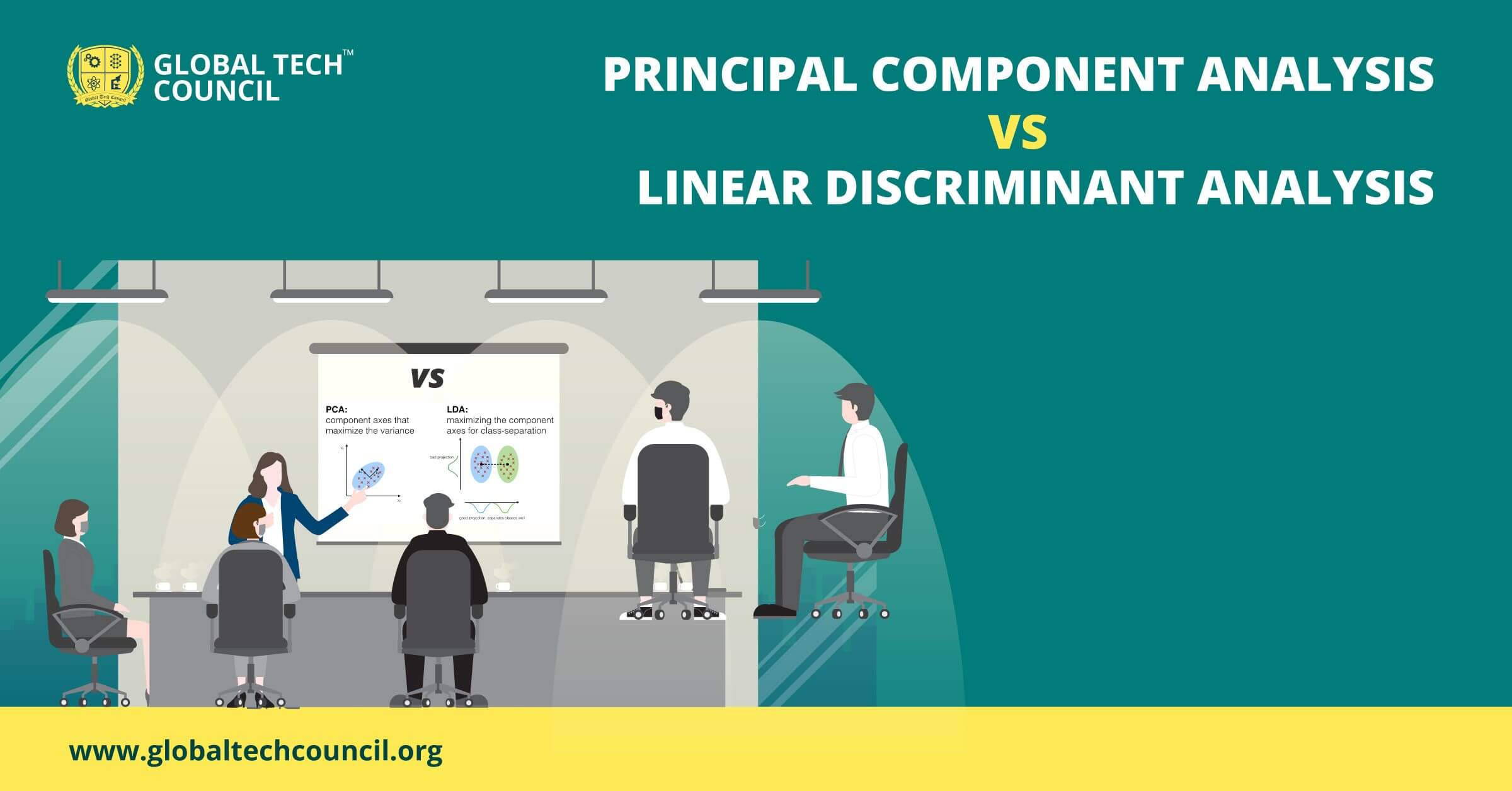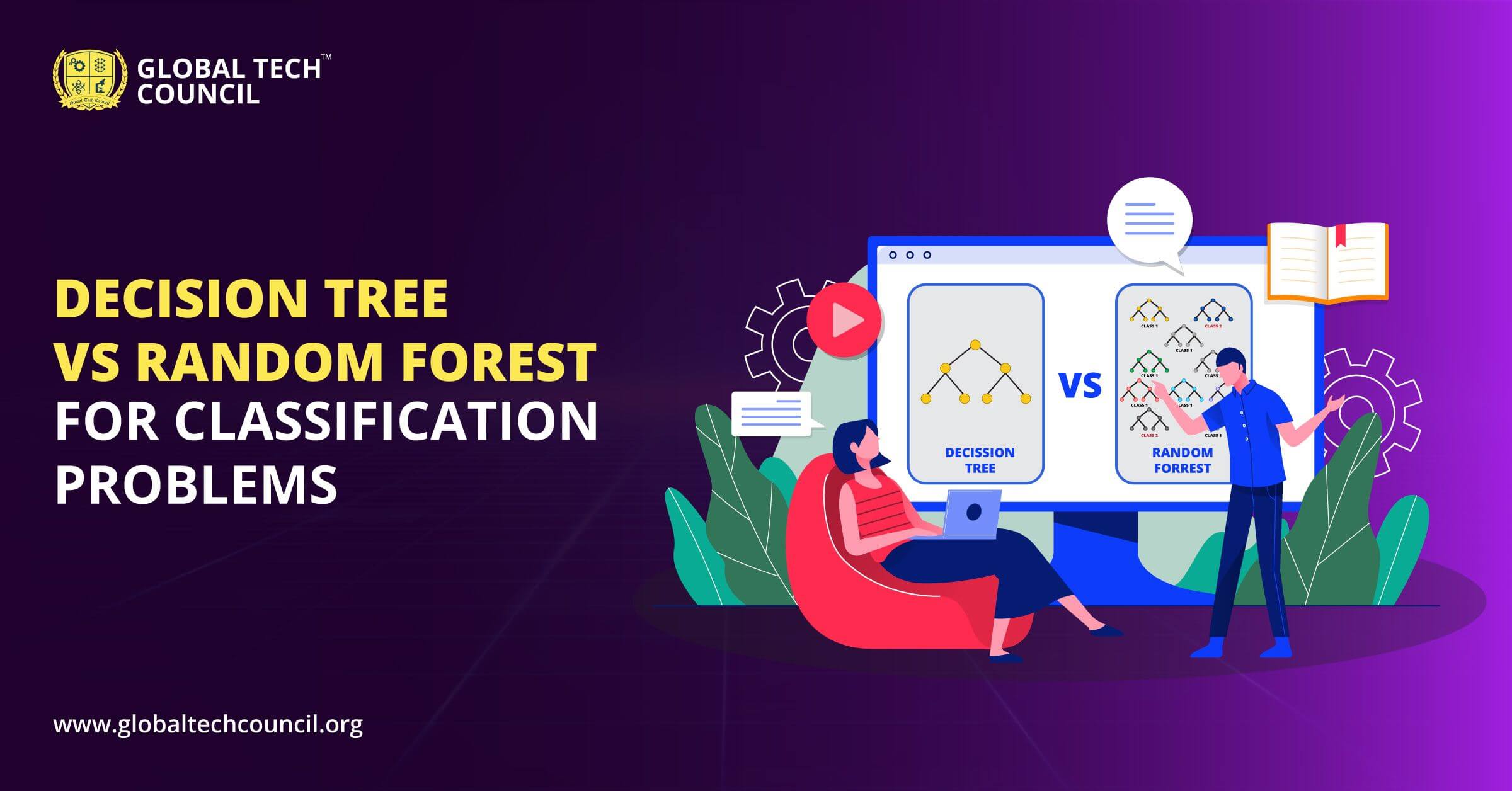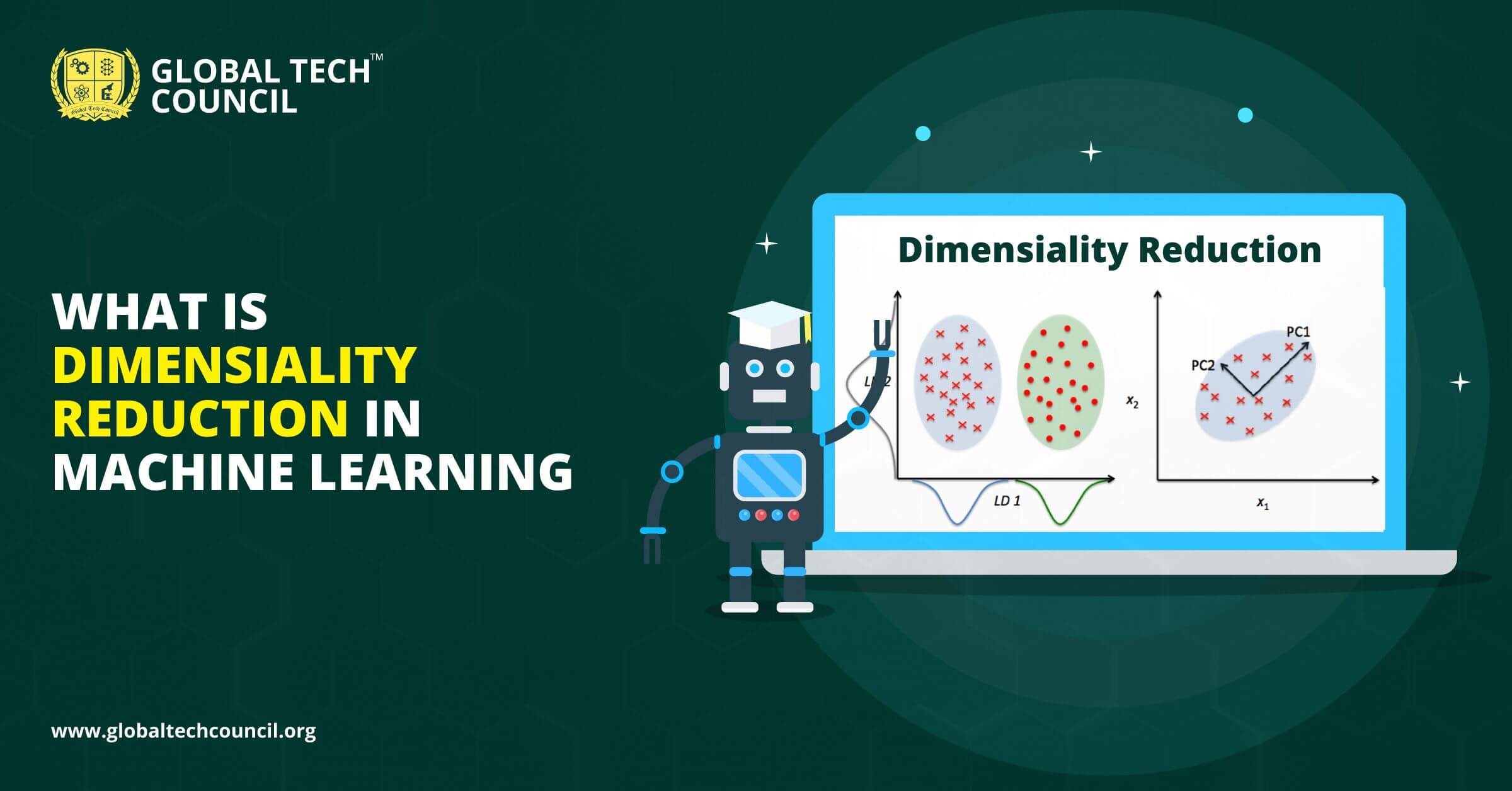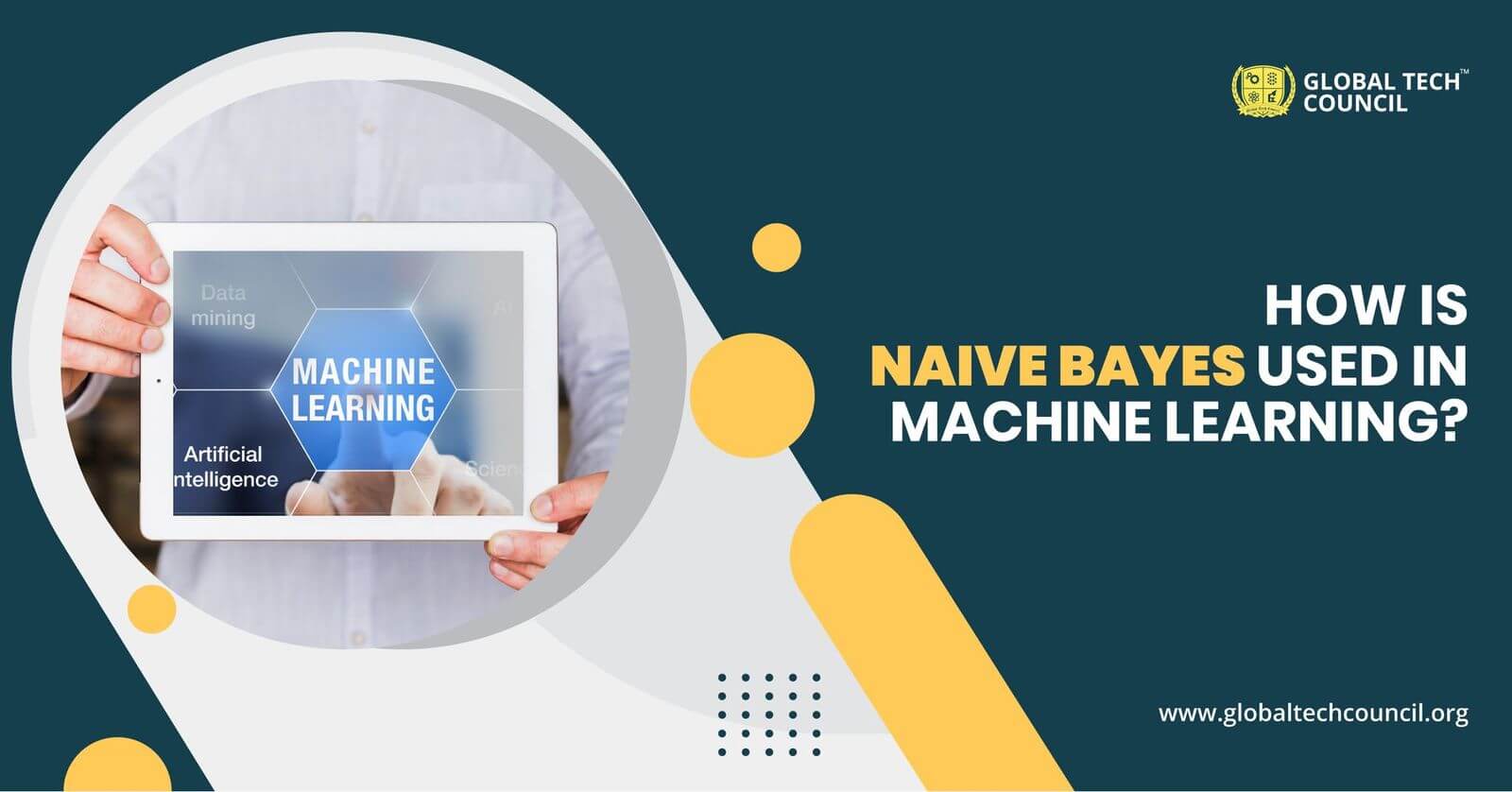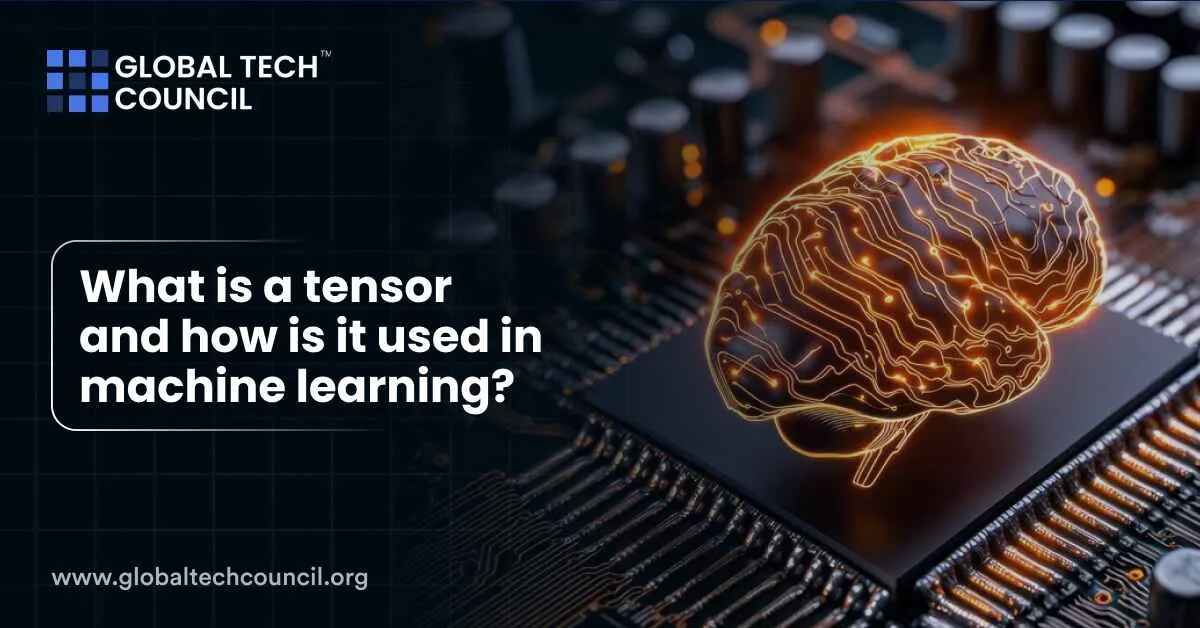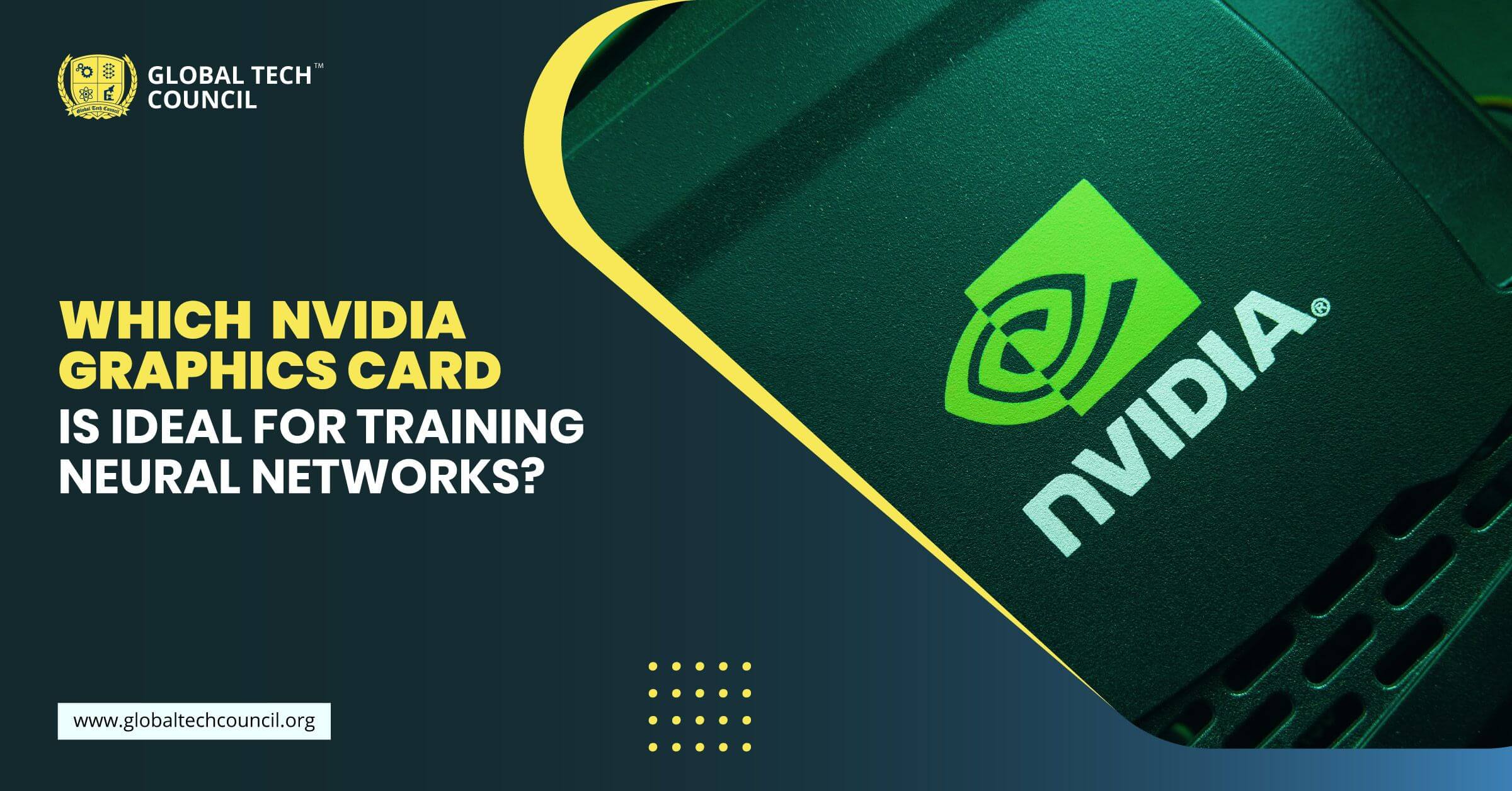In machine learning, reducing dimensionality is a critical approach. Overfitting of the learning model may result in a large number of features available in the dataset. There are two standard…
Read More
A form of exploratory data analysis in which observations are divided into different groups with standard features is known as clustering analysis. The purpose of classification or cluster analysis is…
Read More
Decision trees are part of the Supervised Classification Algorithm family. On classification issues, they work very well, the decisional route is reasonably easy to understand, and the algorithm is fast…
Read More
Machine learning is nothing but a research field that allows computers without any specific programming to “learn” like humans. High-dimensionality statistics and dimensionality reduction techniques that have been used for…
Read More
Naïve Bayes is a surprisingly powerful yet simple algorithm for predictive modeling. It is a machine learning model that can handle large volumes of data, including millions of data records.…
Read More
Machine learning is a scientific technique where computers learn how to solve a problem without directly programming them. The ML race is currently led by deep learning fuelled by improved…
Read More
In machine learning, there is much discussion around tensors being the cornerstone data structure. Tensor is a type of data structure used in linear algebra that can be used for…
Read More
If a CPU is a PC’s core, then the soul is a GPU. While most PCs can run without a good GPU, without one, neural networking is not possible. Machine…
Read More
Three different types of the processor can run on Android: Intel, MIPS, and Arm. While the MIPS processors for phones haven’t been seen for years, Arm is the newest CPU…
Read More
Bitswap protocol version 1.2.0 has recently landed in js-IPFS and brings a host of performance improvements around coordinating the supply of blocks across the network to peers. Machine learning experts…
Read More
